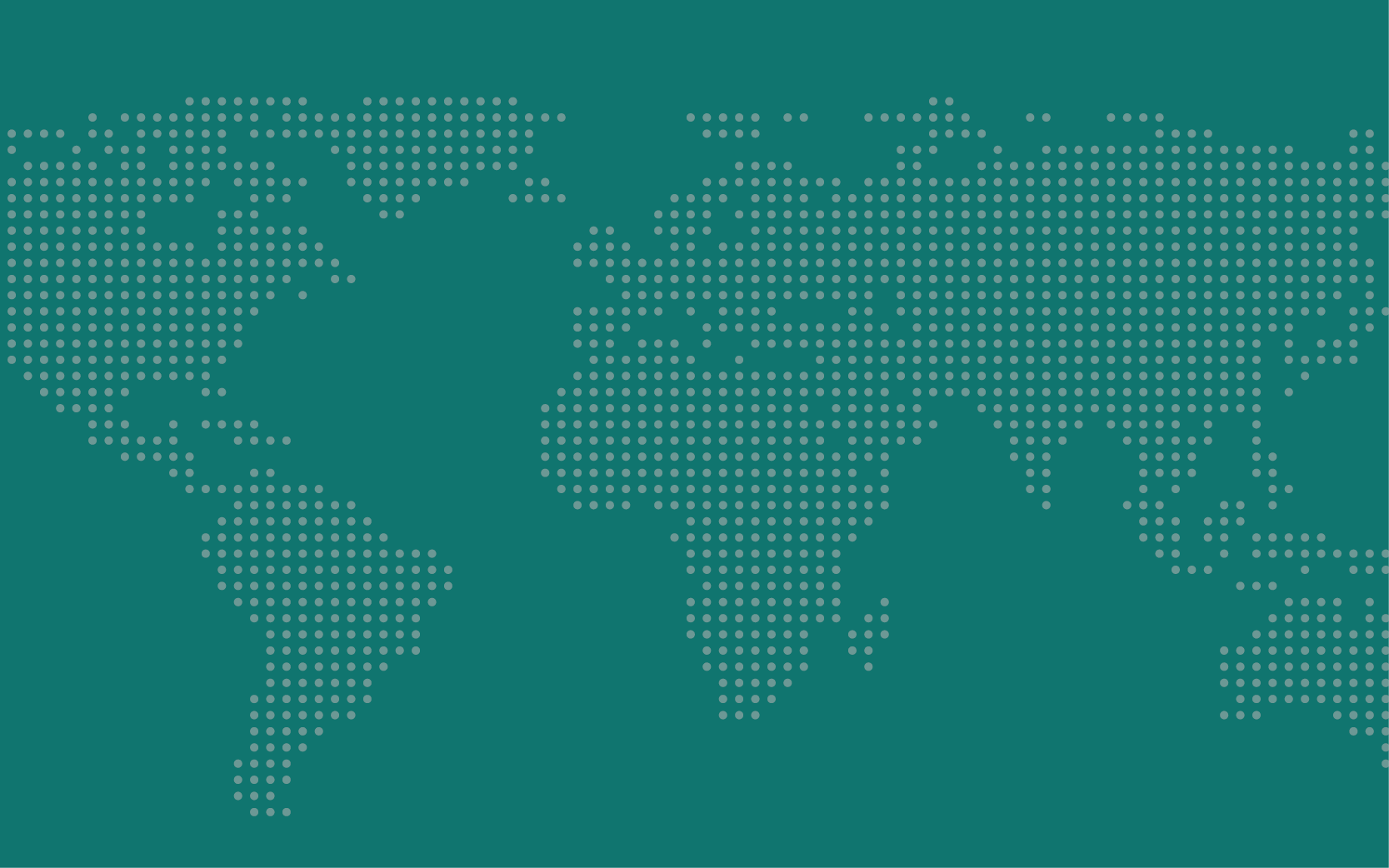Does Putin Need Street Support to Stay in Power?
In analysis for Political Violence At A Glance, an IGCC-supported blog dedicated to political violence and its alternatives, Sebastian Hellmeier, Postdoctoral Research Fellow at the WZB Berlin Social Science Center, analyzes mass demonstrations in authoritarian regimes.
In response to Russia’s invasion of Ukraine, people across the world have taken to the streets to show their solidarity with Ukraine and condemn Russian aggression. Ukrainians are protesting against the occupation and in Russia, thousands have been detained for speaking out against the war at dozens of demonstrations across the country.
On March 18, Russian state TV painted a different picture. According to official sources, 200,000 supporters of President Putin gathered in the packed Luzhniki stadium to celebrate the anniversary of Crimea’s annexation. Participants waved Russian flags, sang patriotic songs, and expressed their unconditional support for their leader and the ongoing “special military operation” in Ukraine. In addition to Vladimir Putin, several celebrities and athletes attended the event.
Was the gathering an organic outpouring of support for Putin? Independent journalists quickly revealed that it was not. Participants were bussed in from outside Moscow; they received food or money in exchange for turning out. Those who depend on the government—like public sector employees—were pressured to attend. Every detail of the event was choreographed to make sure that the message of broad-based popular support for Putin came across.
This is not to say that there was no genuine support for Putin at the event. Although surveys from Russia should be taken with a grain of salt these days, recent polls show strong patriotic attitudes among Russians, and Putin has enjoyed high levels of popularity throughout his time in office. The annexation of Crimea further boosted his popularity.
Still, events like the mass rally in Moscow are top-down efforts to signal regime support. More puzzling than Putin’s public appearance at the event is that pro-war mobilization in Russia has been limited so far.
Read the full blog post at Political Violence At A Glance.

Global Policy At A Glance
Global Policy At A Glance is IGCC’s blog, which brings research from our network of scholars to engaged audiences outside of academia.
Read More